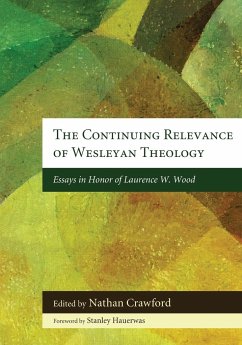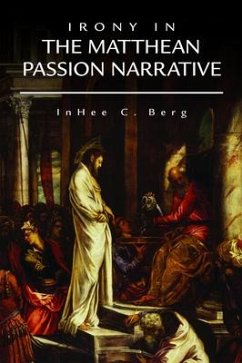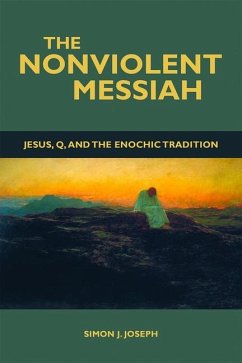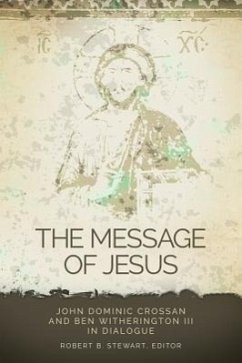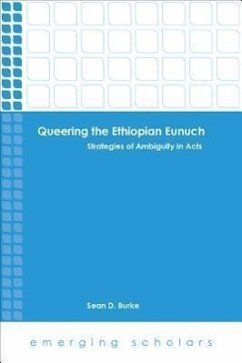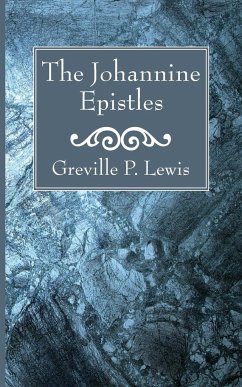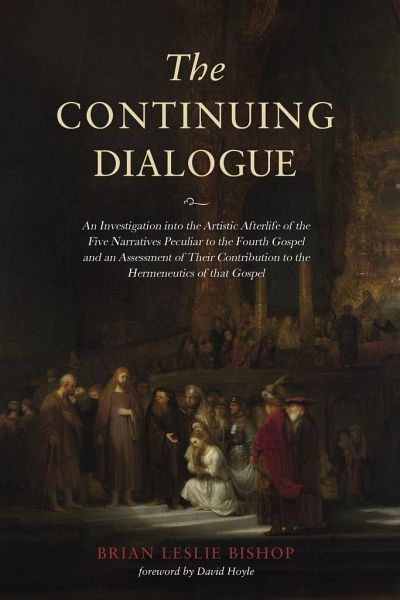
The Continuing Dialogue
An Investigation Into the Artistic Afterlife of the Five Narratives Peculiar to the Fourth Gospel and an Assessment of Their Contribution to the Hermeneutics of That Gospel
Versandkostenfrei!
Versandfertig in über 4 Wochen
20,99 €
inkl. MwSt.
Weitere Ausgaben:

PAYBACK Punkte
10 °P sammeln!
The I AM statements exclusive to the Fourth Gospel are seen as the attempt of the author(s) of that Gospel to present the nature and purpose of the earthly life of Jesus by engaging the imaginative faculty of the reader. Succeeding generations of artists are considered as undertaking a similar task by engaging in an imaginative dialogue with the text. There are five narratives that are peculiar to the Fourth Gospel: The Wedding at Cana, the Woman of Samaria, the Woman Taken in Adultery, the Raising of Lazarus, and the Washing of Feet. Five paintings based upon each narrative are considered in ...
The I AM statements exclusive to the Fourth Gospel are seen as the attempt of the author(s) of that Gospel to present the nature and purpose of the earthly life of Jesus by engaging the imaginative faculty of the reader. Succeeding generations of artists are considered as undertaking a similar task by engaging in an imaginative dialogue with the text. There are five narratives that are peculiar to the Fourth Gospel: The Wedding at Cana, the Woman of Samaria, the Woman Taken in Adultery, the Raising of Lazarus, and the Washing of Feet. Five paintings based upon each narrative are considered in context. These are taken from the early fourteenth century (Duccio and Giotto) to the twentieth and twenty-first centuries (Max Beckmann and the contemporary Icon writer, Constantina Wood). A sense of the loss experienced by the western church under the sanctions of the Protestant Reformation against visual imagery is conveyed. This leads to a suggestion that a reassertion of the role of the aesthetics of Christian worship might be a unifying factor for a generation jaded by the pedantry that divides the Christian Church.




